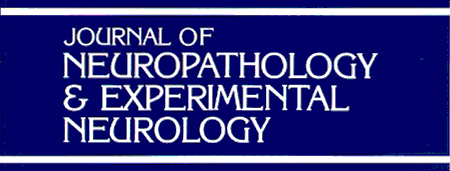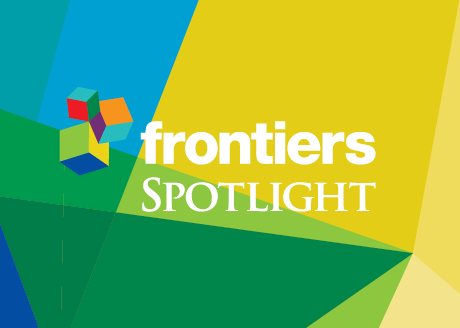“Anticonvulsant effects of cannabidiol (CBD), a nonpsychoactive cannabinoid, have not been investigated in the juvenile brain. We hypothesized that CBD would attenuate epileptiform activity at an age when the brain first becomes vulnerable to neurotoxicity and social/cognitive impairments.
To induce seizures, kainic acid (KA) was injected either into the hippocampus (KAih) or systemically (KAip) on postnatal (P) day 20. CBD was coadministered (KA + CBDih, KA + CBDip) or injected 30 minutes postseizure onset (KA/CBDih, KA/CBDip).
Hyperactivity, clonic convulsions, and electroencephalogram rhythmic oscillations were attenuated or absent after KA + CBDih and reduced after KA + CBDip. NeuN immunohistochemistry revealed neuroprotection.
Augmented reactive glia number and expression were reversed in CA1 but persisted deep within the dentate hilus. Parvalbumin-positive (PV+) interneurons were reduced in both models, whereas immunolabeling was dramatically increased within ipsilateral and contralateral dendritic/neuropilar fields following KA + CBDih. Cannabinoid receptor 1 (CB1) expression was minimally affected after KAih contrasting elevations observed after KAip.
Intracranial coadministration data suggest that CBD has higher efficacy in epilepsy with hippocampal focus rather than when extrahippocampal amygdala/cortical structures are triggered by systemic treatments. Inhibition of surviving PV+ and CB1+ interneurons may be facilitated by CBD implying a protective role in regulating hippocampal seizures and neurotoxicity at juvenile ages.”









 “Glioblastoma multiforme (GBM) is the most frequent and aggressive form of brain cancer. These features are explained at least in part by the high resistance exhibited by these tumors to current anticancer therapies. Thus, the development of novel therapeutic approaches is urgently needed to improve the survival of the patients suffering this devastating disease.
“Glioblastoma multiforme (GBM) is the most frequent and aggressive form of brain cancer. These features are explained at least in part by the high resistance exhibited by these tumors to current anticancer therapies. Thus, the development of novel therapeutic approaches is urgently needed to improve the survival of the patients suffering this devastating disease.